Text
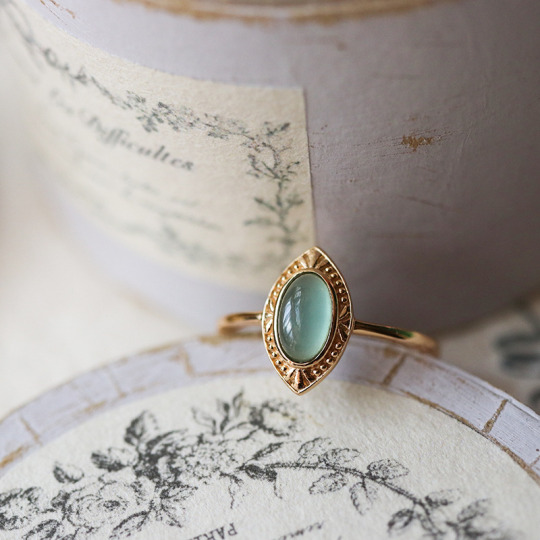
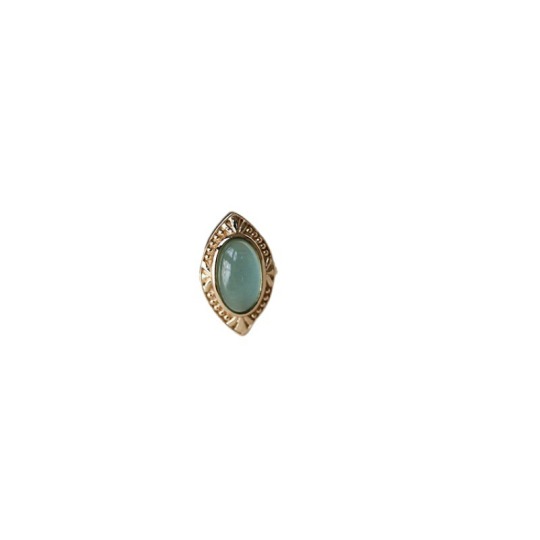
Natural Topaz vintage ring
0 notes
Text
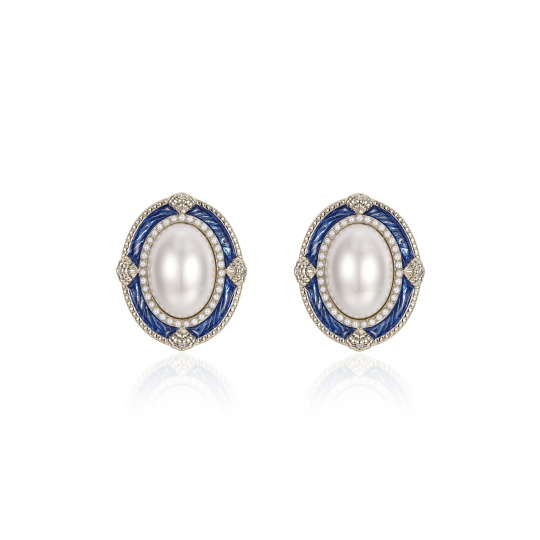
Enamel elegant vintage earrings
0 notes
Text
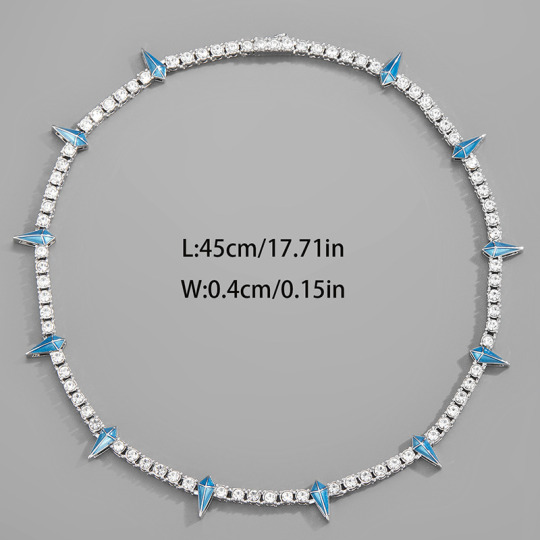

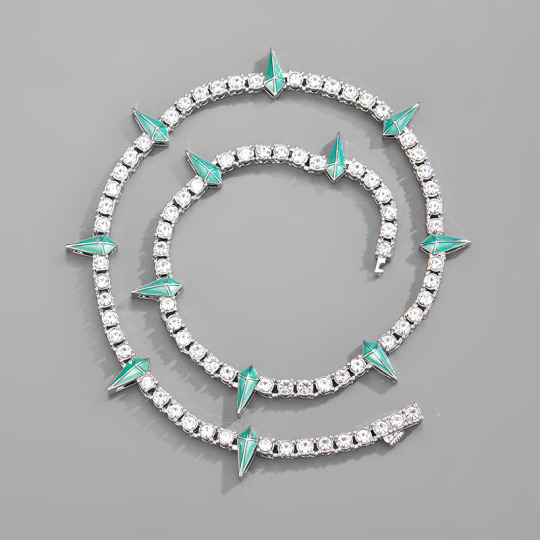
Hip hop luxury diamond necklace for men and women
0 notes
Text
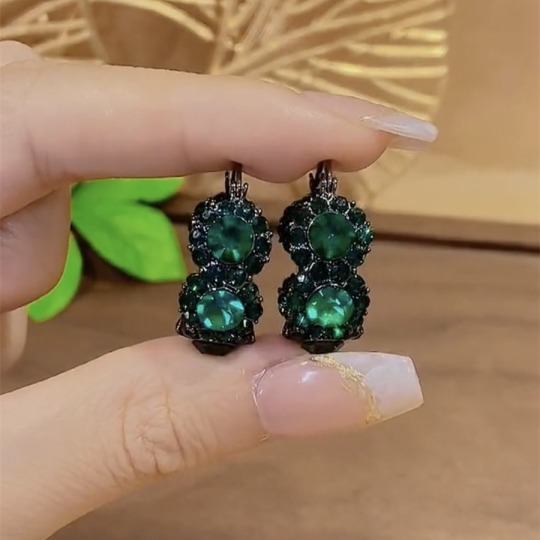
Light luxury high sense green crystal hoop earrings
0 notes
Text

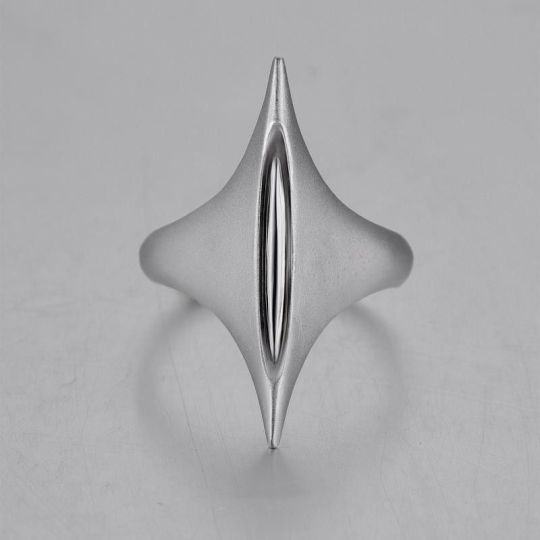
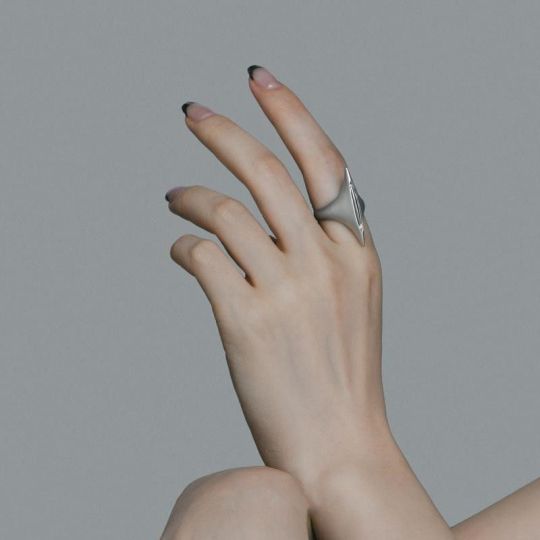
The Sword of Maria ring
0 notes
Text
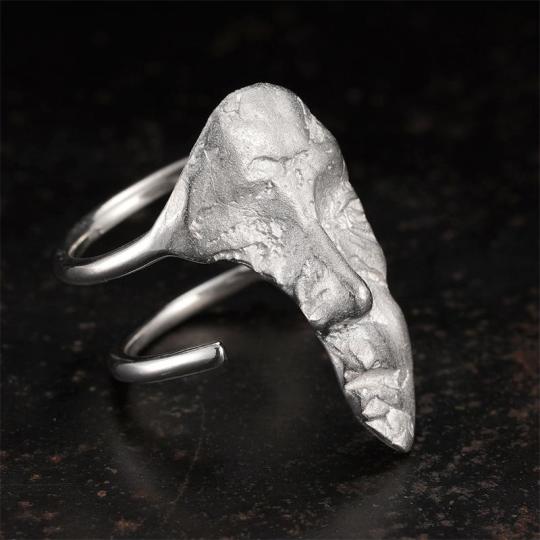
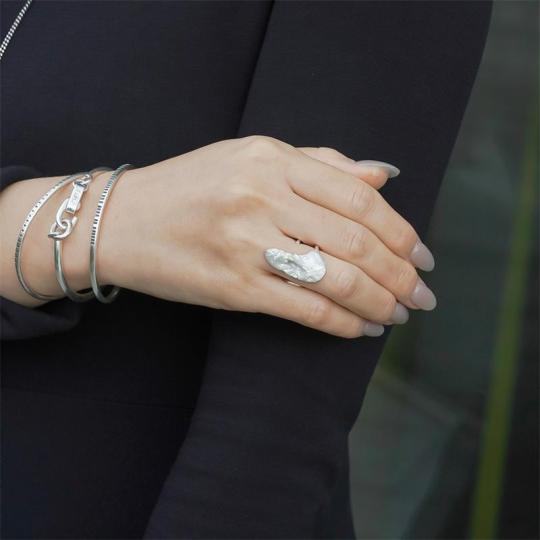
A silver mask ring for men and women
1 note
·
View note
Text
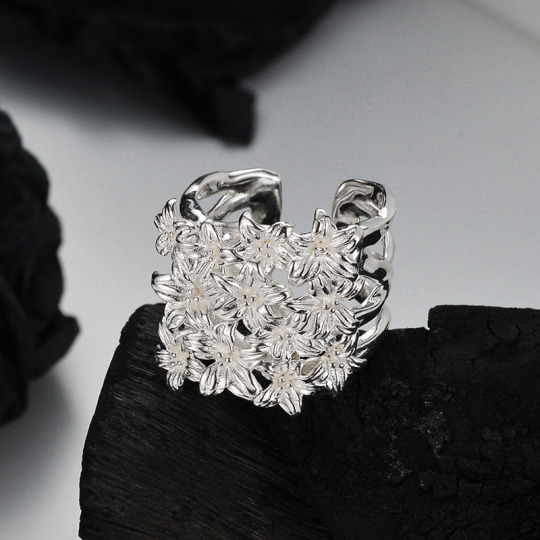
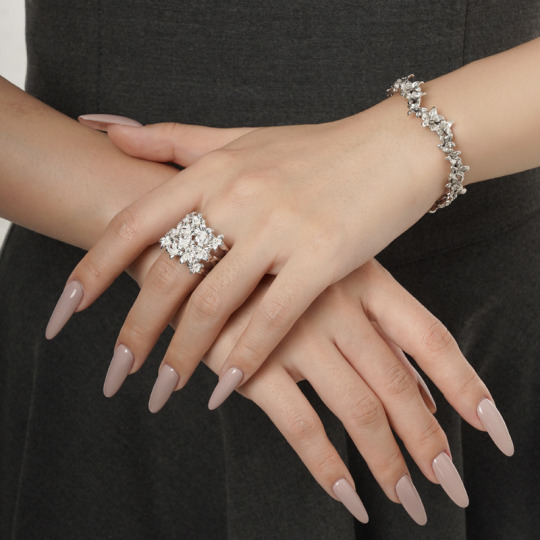
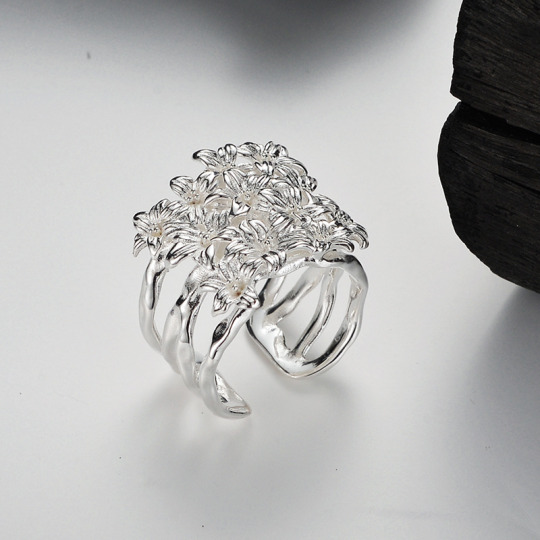
S925 Silver unique flower ring
0 notes
Text

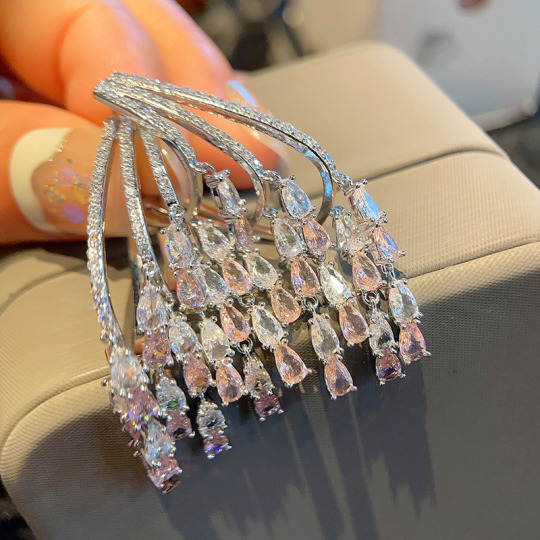
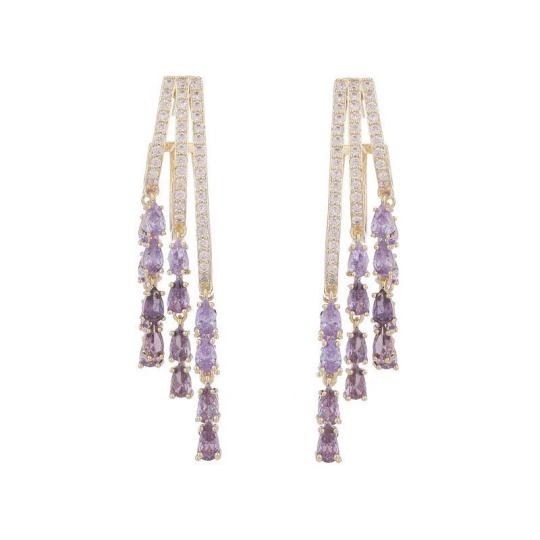
S925 Silver Needle gradient purple Zircon fringe unique design earrings
0 notes
Text
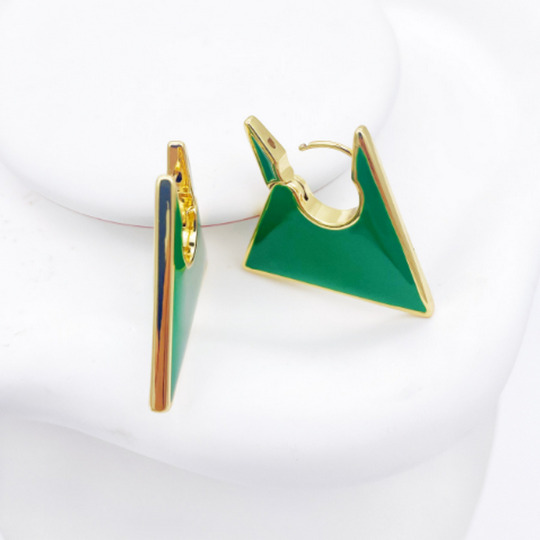
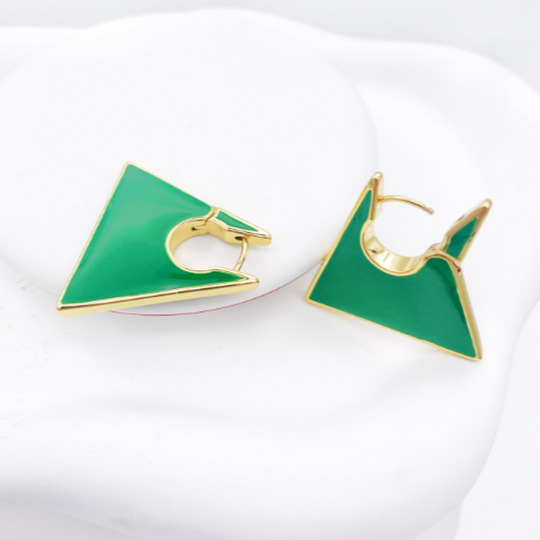
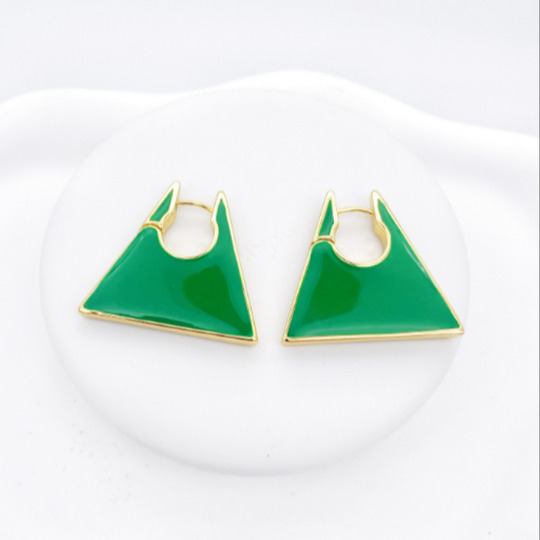
Enamel triangle geometric earrings
0 notes
Text

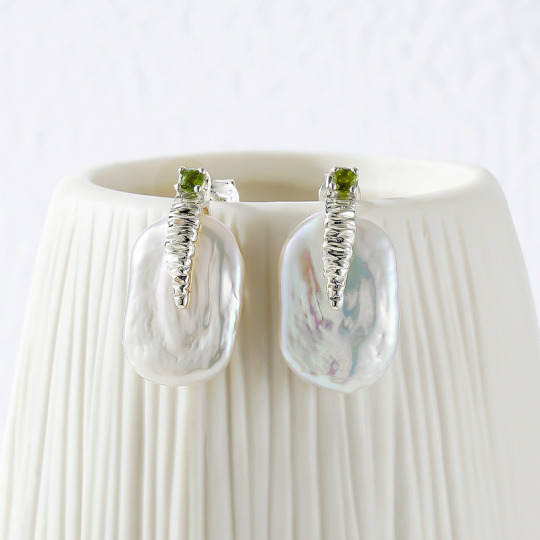
925 Silver Baroque original design of natural tourmaline earrings
0 notes
Text
The Enduring Allure of Adornments: Exploring the Multifaceted Reasons Why Humans Wear Jewelry
The act of adorning oneself with jewelry is a practice that transcends cultural boundaries and spans the annals of human history. From ancient civilizations to modern societies, humans have consistently adorned their bodies with various forms of jewelry. The motivations behind wearing jewelry are diverse and multifaceted, reflecting individual, cultural, and societal values. In this comprehensive exploration, we delve into the intricacies of why humans wear jewelry, uncovering the psychological, social, cultural, and personal dimensions that contribute to the enduring allure of adornments.
A Historical Tapestry of Adornments:
To comprehend the contemporary significance of wearing jewelry, it is essential to trace its roots through the rich tapestry of human history. Ancient civilizations such as Egypt, Mesopotamia, and Indus Valley, as well as cultures like the Greeks and Romans, all left behind intricate artifacts that exemplify the importance of jewelry in their societies. Whether in the form of elaborate headdresses, ornate necklaces, or symbolic rings, these artifacts provide a window into the various roles that jewelry played – from religious and ritualistic purposes to social status indicators.
Symbolism and Personal Expression:
One of the fundamental reasons humans wear jewelry is the symbolic significance attached to each piece. Jewelry often serves as a form of personal expression, allowing individuals to communicate aspects of their identity, beliefs, and affiliations. Wedding rings, for instance, symbolize eternal love and commitment, while religious jewelry can signify devotion to a particular faith. Moreover, personal milestones and achievements are frequently commemorated with jewelry, turning these adornments into tangible markers of life’s journey.
Social Signifiers and Status Symbols:
Throughout history, jewelry has functioned as a potent social signifier, reflecting an individual’s status, wealth, and societal standing. In many cultures, the type and quantity of jewelry one wore were indicative of their rank within the social hierarchy. Crown jewels, for instance, were reserved for royalty, while intricate gold jewelry might denote affluence. Even in the modern era, certain types of jewelry are associated with luxury and exclusivity, serving as status symbols within society.
Cultural Heritage and Tradition:
Jewelry often plays a pivotal role in preserving and transmitting cultural heritage and traditions. Different regions of the world boast unique styles, materials, and techniques that are passed down through generations. Cultural jewelry, whether it be Maasai beadwork, Native American silverwork, or Chinese jade carvings, embodies a profound connection to history and tradition. Wearing such jewelry becomes a way for individuals to celebrate and honor their cultural roots, fostering a sense of identity and continuity.
V. Psychological and Emotional Significance:
The act of adorning oneself with jewelry is deeply intertwined with human psychology and emotions. Certain pieces of jewelry hold sentimental value, serving as reminders of loved ones, cherished memories, or significant life events. Lockets with photographs, charm bracelets with symbolic trinkets, and engraved pieces all carry emotional weight, providing individuals with a tangible connection to their past and present.
Self-Expression and Fashion:
In contemporary society, the act of wearing jewelry has become a powerful form of self-expression and fashion. Individuals use jewelry to convey their personal style, experiment with trends, and make bold statements. Whether it’s layering delicate necklaces for a bohemian look or donning statement earrings for a touch of glamour, jewelry has become an integral part of the fashion landscape. Designers and artisans continually push the boundaries of creativity, producing pieces that not only enhance physical appearance but also serve as wearable art.
VII. Healing and Spiritual Properties:
For millennia, various cultures have believed in the healing and spiritual properties of certain gemstones and metals. This belief is encapsulated in the practice of wearing birthstones or crystals thought to possess specific energies. From the ancient practice of using amber for its purported healing properties to the contemporary fascination with crystals, the idea that jewelry can positively influence one’s well-being has persisted across cultures and centuries.
Technological Advancements in Jewelry Making:
The evolution of jewelry-making techniques and materials has expanded the possibilities for creating intricate and innovative pieces. Advancements such as 3D printing, laser cutting, and new materials have not only revolutionized the industry but have also allowed for greater personalization. Custom-designed jewelry, once a luxury reserved for the elite, has become more accessible, enabling individuals to create pieces that are uniquely tailored to their tastes and preferences.
As we navigate the 21st century, the motivations behind wearing jewelry continue to evolve. The intersection of technology, sustainability, and individualism shapes the trajectory of the jewelry industry. Virtual and augmented reality are being explored to enhance the shopping experience, and innovative materials are continually being developed to address environmental concerns. The future of jewelry promises to be as diverse and dynamic as the motivations that have propelled its evolution throughout history.
The act of adorning oneself with jewelry is a rich and complex phenomenon that encompasses a myriad of psychological, social, cultural, and personal dimensions. From the dawn of civilization to the present day, humans have consistently found meaning, identity, and beauty in the wearing of jewelry. As we continue to navigate the intricate interplay between tradition and innovation, symbolism and personal expression, it is clear that the allure of adornments will persist, weaving its way through the fabric of human existence for generations to come.
0 notes
Text
Rainbow moonstone’s meaning
Rainbow moonstone is a gemstone associated with various meanings and metaphysical properties, building on the foundations of traditional moonstone but enriched by the vibrant play of colors it exhibits. Here are some of the common meanings attributed to rainbow moonstone:
Spiritual Connection:
Rainbow moonstone is often linked to spiritual energies and is believed to enhance spiritual growth and awareness.
The play of colors in the stone is thought to represent the full spectrum of spiritual energies and experiences.
Intuition and Insight:
Like traditional moonstone, rainbow moonstone is associated with enhancing intuition and psychic abilities.
It is believed to open the mind to insights and deepen one’s connection to inner wisdom.
Balance and Harmony:
Rainbow moonstone is said to bring emotional balance and harmony. It may help calm turbulent emotions and promote a sense of tranquility.
The different colors in the stone are thought to align with various chakras, promoting balance in energy centers.
Goddess Energy:
In various belief systems, rainbow moonstone is associated with goddess energy. It is often seen as a stone of the divine feminine, reflecting qualities of receptivity, nurturing, and creativity.
Protection and Guidance:
Rainbow moonstone is sometimes considered a protective talisman, believed to guard against negative energies.
It is also associated with providing guidance and support during journeys, both physical and spiritual.
Cycles and Transformation:
Reflecting the moon’s phases, rainbow moonstone is seen as a symbol of cycles, change, and transformation.
It is believed to aid in navigating life’s transitions and embracing personal growth.
Enhanced Emotional Expression:
The stone is thought to encourage authentic emotional expression. It may assist individuals in communicating their feelings and fostering healthy relationships.
Creativity and Inspiration:
Rainbow moonstone is associated with stimulating creativity and inspiration.
It is believed to unlock artistic potential and encourage innovative thinking.
Alignment with Lunar Energies:
Given its connection to the moon, rainbow moonstone is considered a tool for aligning with lunar energies and harnessing their influences.
0 notes
Text
What is Obsidian
Obsidian is a natural volcanic glass that forms when molten lava cools rapidly. It is a type of igneous rock and is known for its smooth, glossy appearance and sharp edges when fractured. Here are some key aspects of obsidian:
Formation:
Volcanic Origin:
Obsidian is formed during volcanic eruptions when lava with a high silica content cools quickly. The rapid cooling prevents the formation of crystals, resulting in a glassy texture.
Physical Properties:
Color and Transparency:
Obsidian is typically black, but it can also be found in other colors, including brown, green, red, and even translucent varieties.
Some obsidian types, such as Apache Tears, are translucent when held to the light.
Texture:
The texture of obsidian is smooth and glassy. When fractured, it forms extremely sharp edges, making it useful for tools and weapons in ancient times.
Hardness:
Obsidian is relatively hard, but it can be brittle. Its hardness is comparable to that of natural glass.
Types of Obsidian:
Mahogany Obsidian:
This type of obsidian has a reddish-brown color and often exhibits splotches or streaks.
Snowflake Obsidian:
Characterized by white or gray “snowflake” patterns caused by the presence of cristobalite crystals.
Rainbow Obsidian:
This variety displays iridescent colors, typically when viewed under bright light. The colors are caused by internal structures or gas bubbles.
Sheen Obsidian:
Exhibits a pearly or metallic sheen on its surface, often resembling the play of colors seen in moonstone.
Uses and Significance:
Historical Tools and Weapons:
Obsidian has been used by various cultures throughout history to create cutting tools, arrowheads, and other sharp implements due to its ability to fracture into extremely sharp edges.
Artistic and Decorative Use:
Today, obsidian is used for decorative purposes, jewelry, and artistic creations. Its smooth texture and glossy appearance make it a popular choice for carvings and sculptures.
Spiritual and Metaphysical Beliefs:
In some spiritual and metaphysical traditions, obsidian is believed to have protective properties. It is thought to absorb negative energy and provide a sense of grounding and protection.
Apache Tears:
A specific type of obsidian, Apache Tears, is often associated with grief and mourning. Legend has it that these translucent nodules are the solidified tears shed by Apache women mourning the loss of their loved ones.
Care and Caution:
Brittleness:
While obsidian is hard, it can be brittle. Care should be taken to avoid dropping it on hard surfaces, as it may chip or fracture.
Cleaning:
Obsidian can be cleaned with a mild soap and water solution. Avoid using harsh chemicals or abrasive materials that may scratch its surface.
0 notes
Text
Septum piercing:Things to pay attention to
Septum piercings are a popular form of facial piercing that goes through the nasal septum, the cartilage that separates the nostrils. Choosing the right jewelry for a septum piercing is crucial for comfort, style, and the healing process. Here are some considerations for septum piercing jewelry:
Initial Jewelry:
Circular Barbell: This is a common choice for initial septum jewelry. It consists of a straight bar with two beads that screw onto each end. The circular shape allows for ease of cleaning and minimizes movement during the healing process.
Horseshoe (Captive Bead Ring): A horseshoe-shaped ring with a removable bead is another popular option. The bead is often held in place by tension between the two ends of the ring.
Material:
Implant-Grade Materials: For initial piercings, it’s recommended to use materials such as titanium, niobium, or surgical stainless steel. These materials are known for their biocompatibility and reduced risk of allergic reactions.
Gold: If you prefer gold, make sure it is at least 14k or higher to minimize the risk of irritation.
Gauge and Diameter:
Gauge Size: Septum piercings are typically done in 16 or 14 gauge. The gauge refers to the thickness of the jewelry.
Diameter: The diameter of the jewelry will depend on your anatomy and personal preference. A piercer will choose a size that allows for comfort and proper healing.
Clicker Rings:
Clicker rings are a popular choice for septum piercings, especially for those who want a seamless, easy-to-insert option. These rings have a hinged closure and often feature decorative elements.
Retainers:
For situations where you may need to conceal the piercing, such as in professional settings, septum retainers are available. These are usually made of clear or flesh-toned materials and have a discreet appearance.
Decorative Ends:
Once the piercing has healed, you can explore a variety of decorative ends for your septum jewelry. These can include gemstones, spikes, beads, or unique shapes.
Style and Personal Preference:
Choose a style that suits your taste and complements your facial features. Septum jewelry comes in various styles, from minimalistic to more elaborate designs.
Consider your lifestyle and the activities you engage in when choosing jewelry. For example, if you play contact sports, you may prefer a low-profile option.
Professional Piercing:
Always have your septum piercing done by a professional piercer. They will help you choose the right jewelry based on your anatomy, provide proper aftercare instructions, and ensure a safe and clean procedure.
Remember that septum piercings can take several weeks to months to heal completely. It’s important to follow proper aftercare practices and avoid changing the jewelry prematurely to prevent complications. If you plan to change your septum jewelry, consult with your piercer to ensure it’s done safely and at the appropriate time in the healing process.
0 notes
Text
What’s Obsidian meaning
Obsidian, with its rich history and cultural significance, holds various meanings and interpretations across different societies and belief systems. Here are some common meanings associated with obsidian:
1. Protection:
Cultural Beliefs: Obsidian has long been regarded as a protective stone in various cultures. It is believed to absorb and deflect negative energy, providing a shield against psychic attacks and negative influences.
Spiritual Practices: Some spiritual practitioners use obsidian as a tool for spiritual protection and grounding during meditation or energy work.
2. Grounding and Stability:
Obsidian is often associated with grounding energy and promoting stability. It is believed to help individuals stay connected to the Earth and find balance in their lives.
3. Transformation and Change:
Due to its volcanic origin and the transformative process of cooling lava, obsidian is sometimes seen as a symbol of change, transformation, and rebirth. It is associated with the idea of letting go of the old to make way for the new.
4. Healing Emotional Trauma:
Some believe that obsidian has the ability to help individuals confront and heal emotional trauma. It is thought to assist in releasing past hurts and promoting emotional well-being.
5. Insight and Self-Reflection:
Obsidian is linked to enhanced insight and self-reflection. It is believed to help individuals gain a deeper understanding of themselves and their motivations.
6. Spiritual Cleansing:
In various spiritual practices, obsidian is considered a tool for spiritual cleansing. It is thought to absorb and remove negative energies, allowing for a purified and protected spiritual space.
7. Psychic Abilities:
Due to its protective qualities, obsidian is sometimes associated with enhancing psychic abilities. It is believed to aid in psychic shielding and the development of intuitive powers.
8. Apache Tears and Grief:
Apache Tears, a specific type of obsidian, is often associated with grief and mourning. Legend has it that these tear-shaped stones are the solidified tears of Apache women mourning the loss of their loved ones. Apache Tears are believed to provide comfort and healing during times of grief.
9. Cleansing and Purification:
Obsidian is used by some for ritualistic cleansing and purification practices. It may be incorporated into ceremonies or placed in specific areas to clear stagnant or negative energies.
10. Courage and Strength:
The sharp edges and strength of obsidian have led to associations with courage and resilience. It is seen as a symbol of inner strength and the ability to face challenges with determination.
0 notes
Text
What’s Obsidian meaning
Obsidian, with its rich history and cultural significance, holds various meanings and interpretations across different societies and belief systems. Here are some common meanings associated with obsidian:
1. Protection:
Cultural Beliefs: Obsidian has long been regarded as a protective stone in various cultures. It is believed to absorb and deflect negative energy, providing a shield against psychic attacks and negative influences.
Spiritual Practices: Some spiritual practitioners use obsidian as a tool for spiritual protection and grounding during meditation or energy work.
2. Grounding and Stability:
Obsidian is often associated with grounding energy and promoting stability. It is believed to help individuals stay connected to the Earth and find balance in their lives.
3. Transformation and Change:
Due to its volcanic origin and the transformative process of cooling lava, obsidian is sometimes seen as a symbol of change, transformation, and rebirth. It is associated with the idea of letting go of the old to make way for the new.
4. Healing Emotional Trauma:
Some believe that obsidian has the ability to help individuals confront and heal emotional trauma. It is thought to assist in releasing past hurts and promoting emotional well-being.
5. Insight and Self-Reflection:
Obsidian is linked to enhanced insight and self-reflection. It is believed to help individuals gain a deeper understanding of themselves and their motivations.
6. Spiritual Cleansing:
In various spiritual practices, obsidian is considered a tool for spiritual cleansing. It is thought to absorb and remove negative energies, allowing for a purified and protected spiritual space.
7. Psychic Abilities:
Due to its protective qualities, obsidian is sometimes associated with enhancing psychic abilities. It is believed to aid in psychic shielding and the development of intuitive powers.
8. Apache Tears and Grief:
Apache Tears, a specific type of obsidian, is often associated with grief and mourning. Legend has it that these tear-shaped stones are the solidified tears of Apache women mourning the loss of their loved ones. Apache Tears are believed to provide comfort and healing during times of grief.
9. Cleansing and Purification:
Obsidian is used by some for ritualistic cleansing and purification practices. It may be incorporated into ceremonies or placed in specific areas to clear stagnant or negative energies.
10. Courage and Strength:
The sharp edges and strength of obsidian have led to associations with courage and resilience. It is seen as a symbol of inner strength and the ability to face challenges with determination.
0 notes
Text
How to make obsidian
Obsidian is a natural volcanic glass that forms when molten lava cools rapidly, usually during volcanic eruptions. It is not a substance that can be made in a typical home setting. However, if you are interested in creating a material with similar visual characteristics to obsidian for artistic or decorative purposes, you can explore alternative methods using various materials.
Here’s a simplified guide to create an obsidian-like material using resin:
Materials Needed:
Clear Casting Resin:
Use a clear casting resin, which is a type of synthetic resin that can be poured into molds and sets into a hard, transparent material.
Black Pigment:
To mimic the color of obsidian, use black pigment specifically designed for resin.
Mold:
Choose a mold in the shape you want for your final product. This could be a simple block mold or a more intricate design.
Steps:
Prepare the Mold:
Clean and prepare your mold according to the manufacturer’s instructions. This may involve applying a release agent to the mold to facilitate easy removal of the cured resin.
Mix the Resin:
Follow the instructions on the clear casting resin packaging to mix the resin. Resin typically consists of a resin and a hardener that need to be mixed in specific proportions.
Add Black Pigment:
Gradually add the black pigment to the mixed resin. Start with a small amount and adjust until you achieve the desired level of darkness. Mix thoroughly to ensure an even color.
Pour into the Mold:
Carefully pour the pigmented resin mixture into the prepared mold. Be mindful not to introduce air bubbles while pouring.
Allow Curing:
Allow the resin to cure and harden according to the recommended curing time provided by the resin manufacturer. This may take several hours to a day, depending on the specific product.
Demold:
Once the resin has fully cured, carefully demold your creation. Follow the mold’s instructions for safe removal.
Keep in mind that this process creates a synthetic material that visually resembles obsidian but does not replicate the natural properties of volcanic glass. The hardness, fracture patterns, and other characteristics of real obsidian cannot be fully duplicated with resin.
0 notes